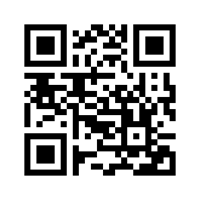
Goddard Space Flight Center, Greenbelt, Maryland 20771
ENGINEERING COLLOQUIUM
Monday, December 8, 2014 / 3:30 PM, Building 3 Auditorium
Jeremy Kasdin
"Seeing Other Earths: Progress in Technologies for Imaging Extrasolar Rocky Planets from Space"
ABSTRACT -- With the combined results of radial velocity surveys and Kepler, we now know that there is an abundance of planets, particularly small, rocky planets. These data provide tantalizing hints that there are many Earth-sized planets in the Habitable zones of nearby stars. This has provided momentum to development efforts on technology for directly imaging planets in reflected light from a space observatory. Such direct imaging could not only detect planets, but perform spectroscopy to characterize their atmospheres. These technologies fall into two categories: coronagraphs that uses internal optics to separate the planet light form the diffracted starlight and external occulters that block the stellar light before entering the telescope but allow the planet light to pass. Coronagraphs need only a single telescope, but must be accompanied by complicated wavefront control systems. Occulters can use simple telescopes with no stability or control requirements, but involve two separate spacecraft flying in formation and a large screen built to exacting precision. In this talk I will describe efforts at Princeton, JPL, Goddard, and elsewhere to raise the technology readiness of both approaches. I will also describe the various NASA design studies underway for a potential mission this coming decade.
SPEAKER -- N. Jeremy Kasdin is Associate Professor in the Mechanical and Aerospace Engineering Department and Vice Dean of the School of Engineering and Applied Science at Princeton University. He received his B.S.E. Magna Cum Laude in mechanical and aerospace engineering at Princeton, his M.S. and his Ph.D. in aeronautical and astronautical sciences, both at Stanford. His research interests are in the areas of space optics, spacecraft design and control, and astrodynamics. In particular, his work is on engineering problems related to advanced science satellites, including large telescopes and adaptive optics and multi-satellite trajectory design and control. He is the co-author of the textbook, Engineering Dynamics.
Colloquium Committee Sponsor: Harvey walden
Next Week: No Colloquium. Happy Holidays!
Engineering Colloquium home page: https://ecolloq.gsfc.nasa.gov